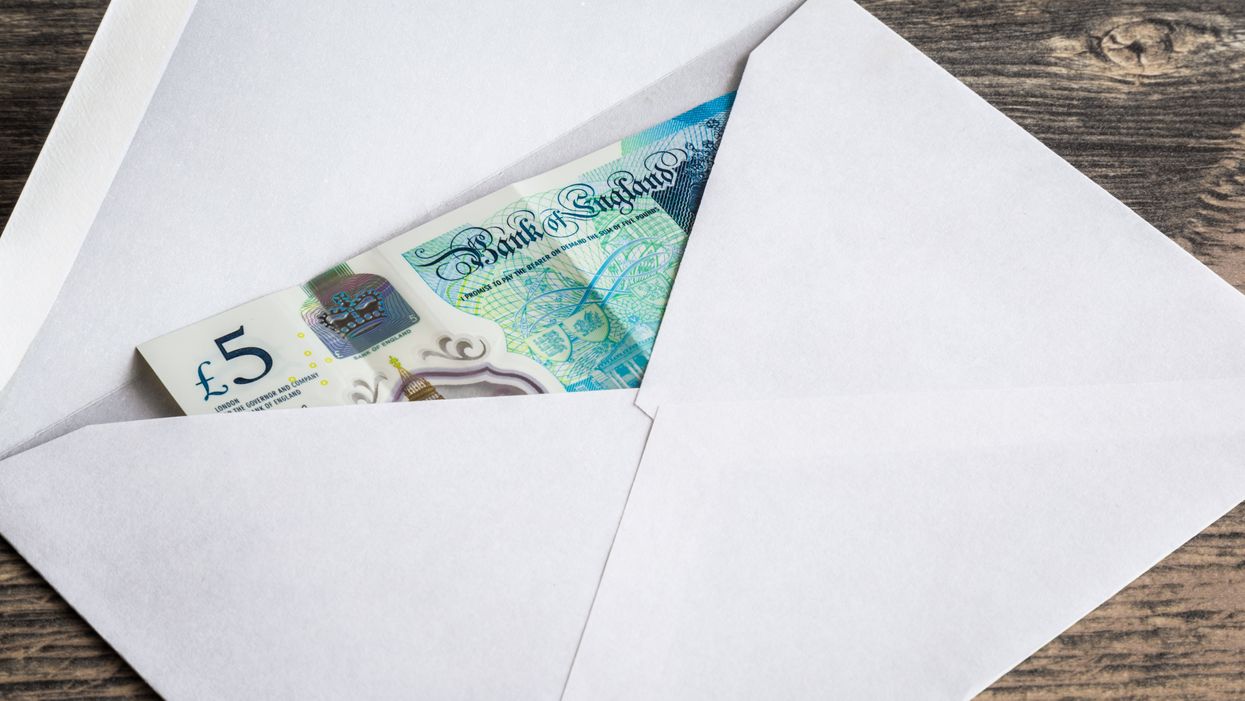We all have such good intentions come pay day.
We convince ourselves that we’ll spend less this month, or even put some money aside but, before we know it, our bank account mysteriously manages to drain itself.
Clearly, traditional saving methods aren’t for everyone so, here, we at indy100 thought we’d share an alternative hack with our readers.
The technique, which has become known online as the ‘100 Envelope Challenge’ could help you save as much as £5,050 in less than half a year using nothing more than a set of envelopes.
Interested? Here’s how it works...
You’ll need to get yourself a set of 100 envelopes and label them each from £1 up to £100 (or whatever denominations work for you).
You then randomly pick out two envelopes twice a week (or four per week) over a period of 25 weeks.
You have to deposit the amount of cash that corresponds with the number on the envelope. For example, if you pull out the £20 envelope, you’ve got to put £20 into it (and so on).
Obviously, this means you’ll need to have cash and/or coins on you, which many of us tend to go without, but just think about the £5,050 that could be waiting for you at the end.
The scheme is based on a mathematical formula developed by German mathematician Carl Friedrich Gauss back in the 18th-19th Century.
As a child, he realised that if you group the numbers from one to 100 in pairs, you can add them together to reach 101. So 1 + 100 =101, 2 + 99 = 101, 3+ 98= 101 and so on.
In this case, there are 50 pairs of numbers, so the total is 50 x 101, or 5,050.
The idea of transforming this 200-year-old theory into a money-saving plan was shared by a mum on Facebook earlier this year, who pointed out: "If you have a three-year plan to buy a house, you could have a little over $30,000 for a down payment by doing this."
We’ll try to remember that next time spending a tenner on lunch tips us into our overdraft...














